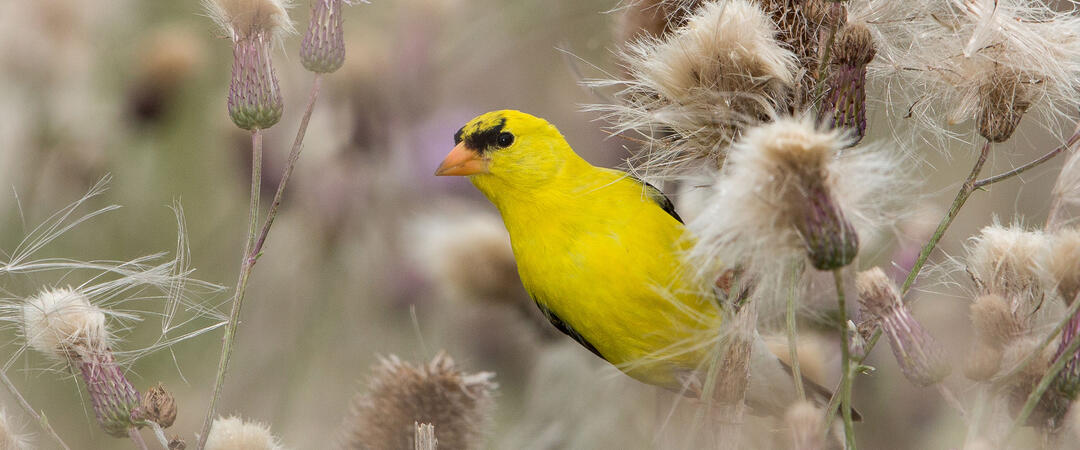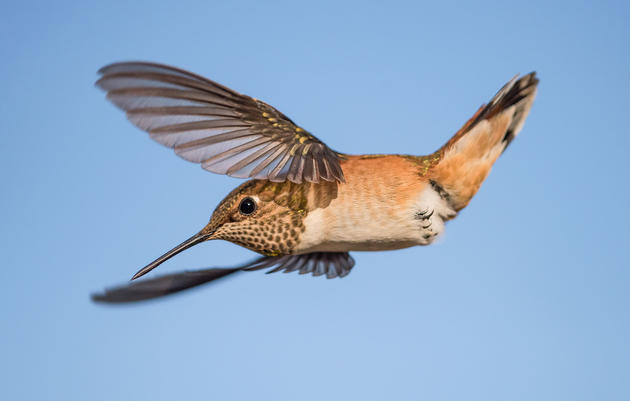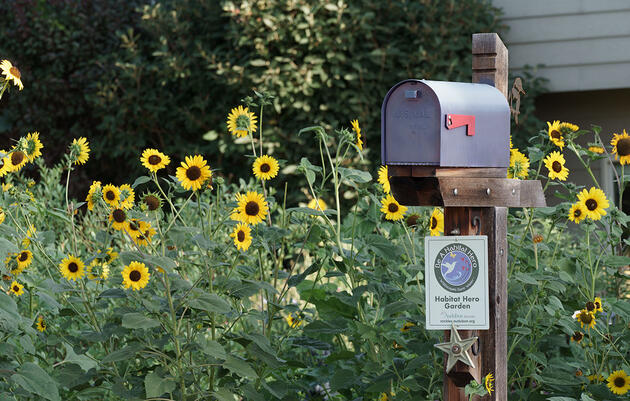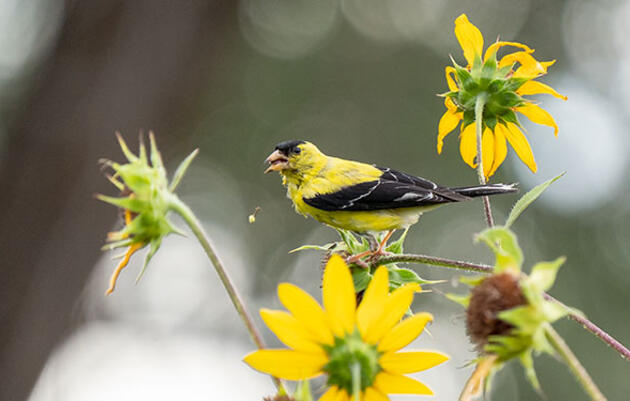What's That?
We’ve all been there: You’re poking around the yard or garden when you notice something new growing or someone new visiting. It’s exciting, but sometimes it leaves you wondering, what is that? You’re not alone! We get many questions about identifying birds, plants, and insects so we thought we would share a few of our favorite web-based resources for finding out what’s what and who’s who.
2021 Update: Computer recognition is drastically changing the field of species identification. The iNaturalist app, for example, does an impressive job of identifying the genus and even species of plants (and all other organisms) in photos you submit to it. Additionally, it provides a way to submit your observations to community science and keep track of them digitally.
Birds
- The Audubon Bird Guide app is a free and complete field guide to over 800 species of North American birds. It includes high-quality photos and audio recordings of each species.
- Audubon’s online Guide to North American Birds lets you look up birds by species, family, and region and explore helpful resources on how to identify birds and birding itself.
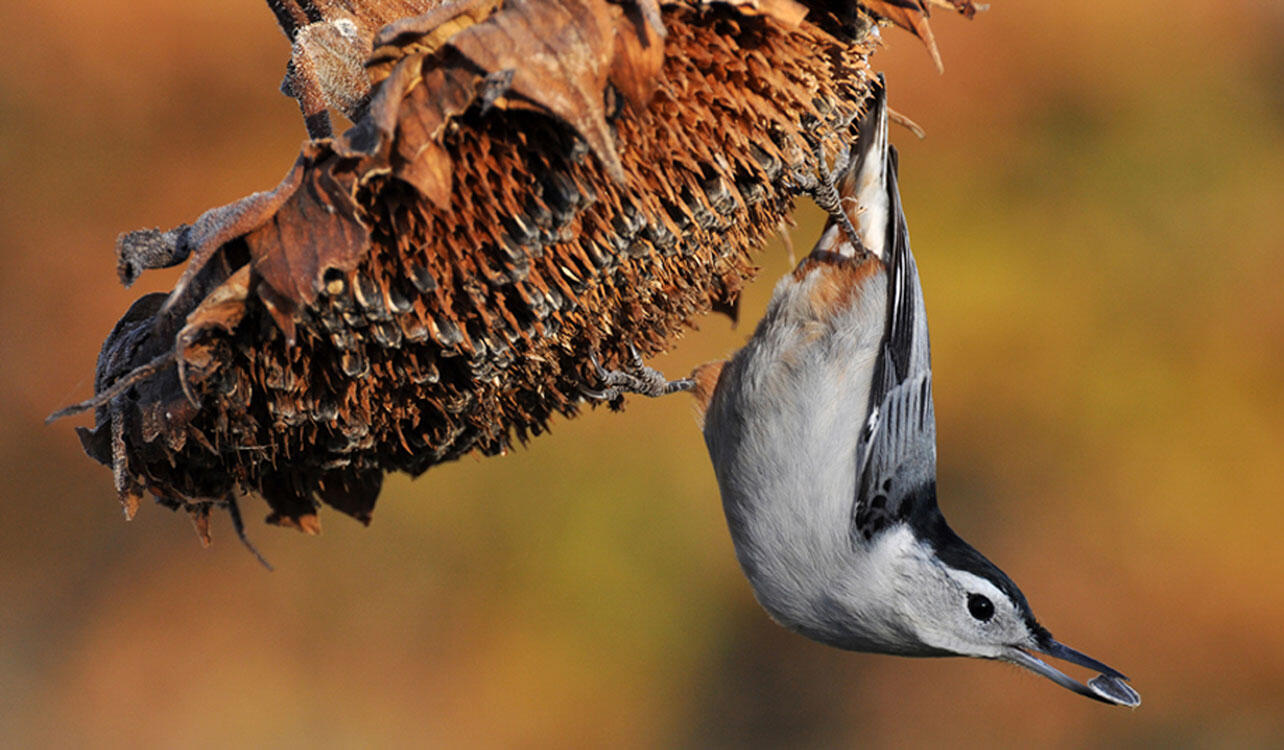
Plants
- Audubon's Native Plants Database lets you look up plants native to your zip code.
- A Plant Select Guide to Plants is a fun way to learn more about plants in your yard. Search the full-color booklet or simply flip through the pages and browse.
- The online plant database from Lady Bird Johnson Wildflower Center offers a complete guide to native plants including a host of gardener-friendly information about each species. You can search by common or scientific name, or if you have no idea what you're looking at, try their "Combination Search" feature. Put in as many characteristics as you know and then browse the thumbnail photos for one that looks right.
- Not sure if your plant is native or not? Try the USDA Plants Database. Do a basic search or search through specific pages about invasive and noxious plants, wetland plants, and more.
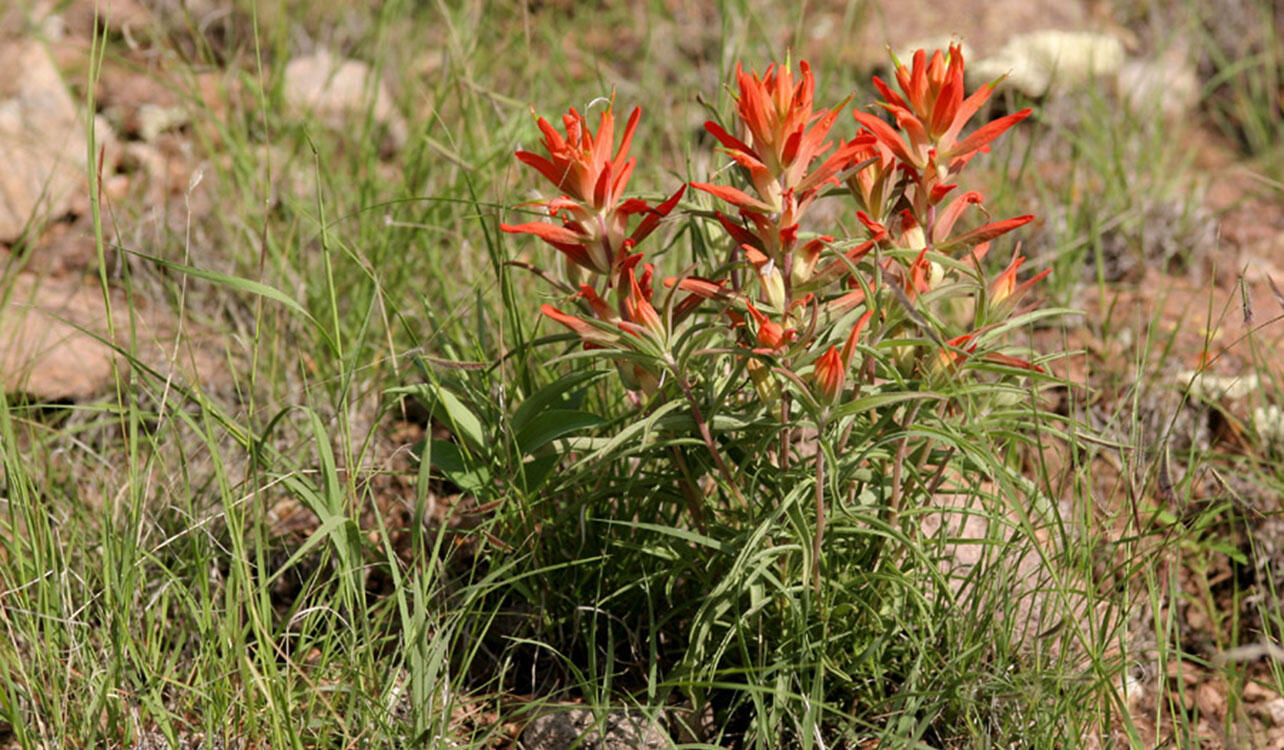
Insects
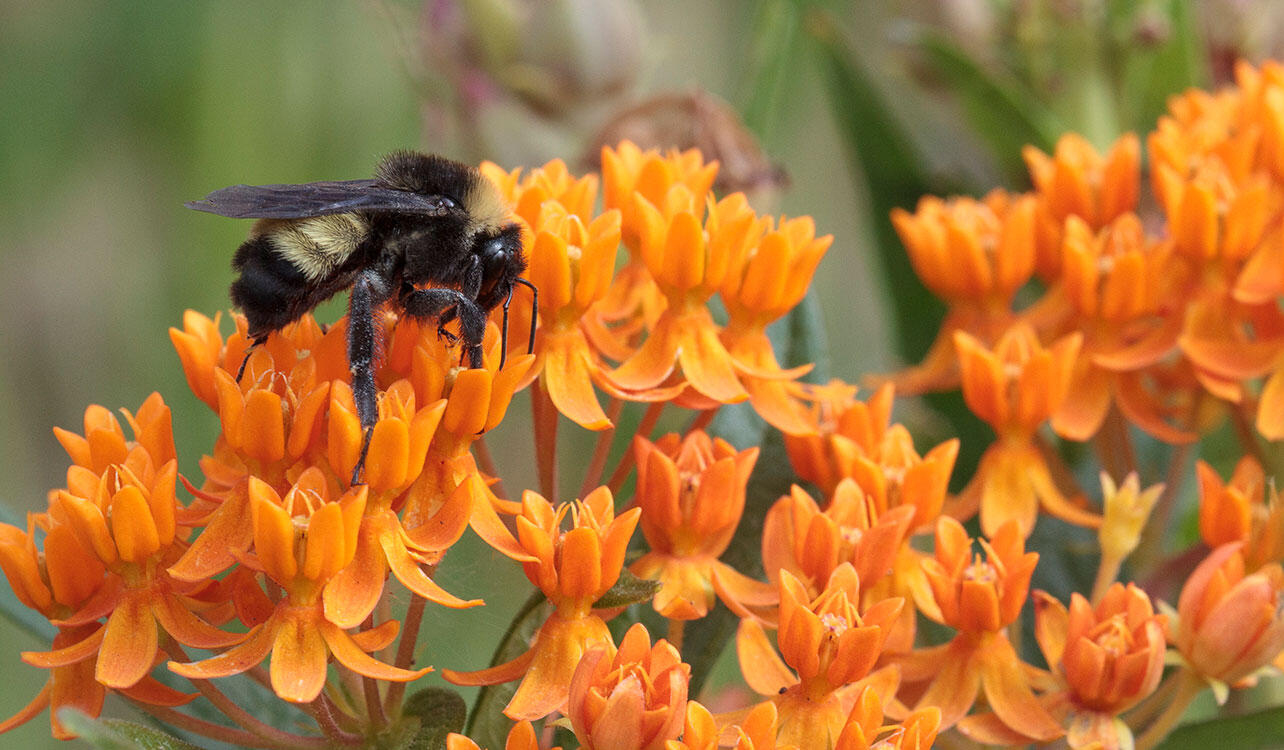
To help you sort through the many insects you may encounter, we recommend these guides:
- BugGuide is a good general resource for identifying insects. Click on the silhouette of an insect in the left-hand column of the webpage for information on that type of insect, then work your way to more specific identification information from there. You can also submit a photo to BugGuide for identification; to use this feature, you will have to register, but signing up is quick and easy.
- If you’re looking to identify a bumblebee, The Xerces Society has published a beautiful online PDF booklet of native western species. Scroll through the photos to find the bumblebee you’re looking for or simply read and learn more about these amazing pollinators and garden friends!
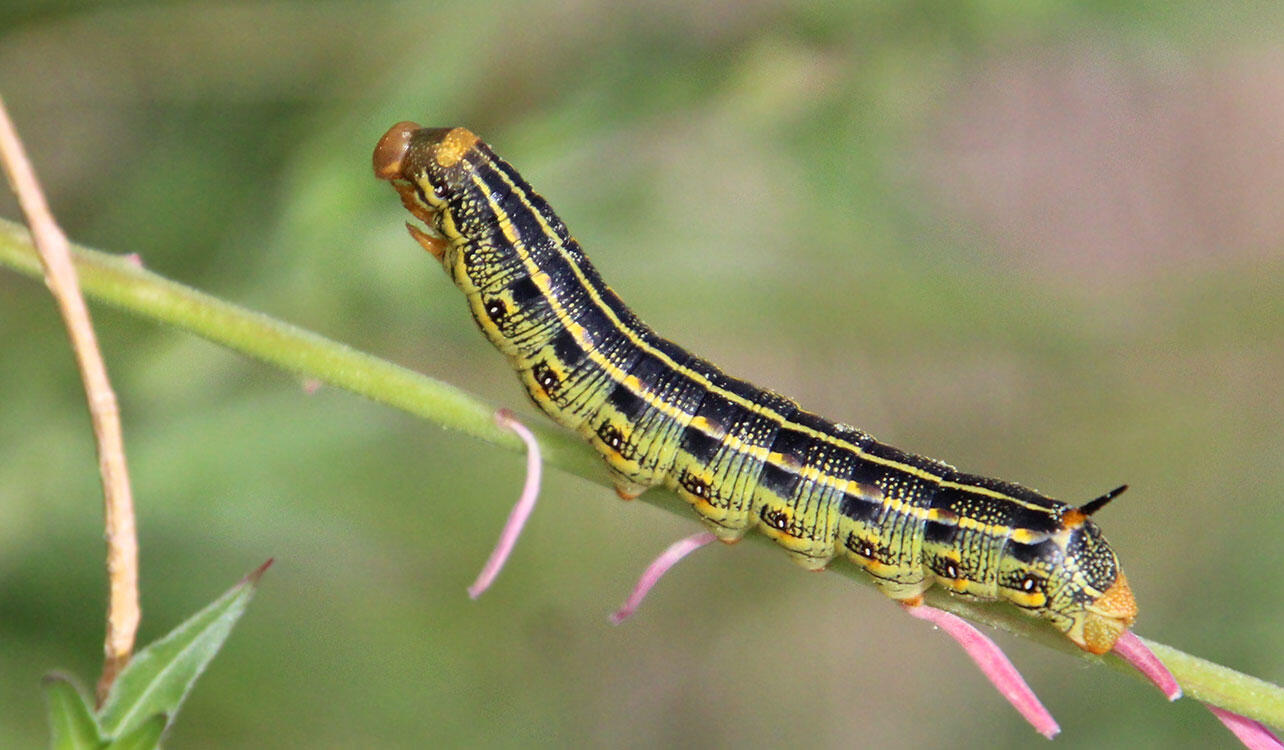
Do you have another favorite online resource for identifying birds, plants, and insects? Let us know!


